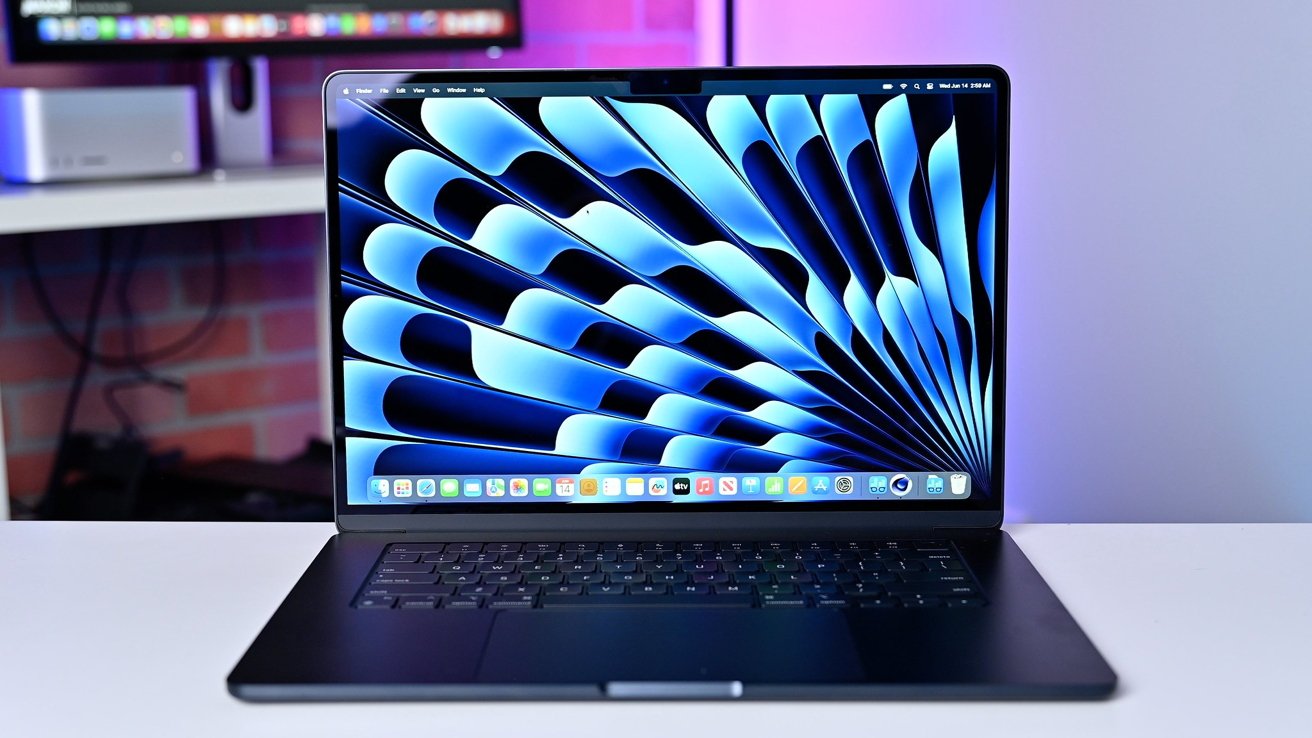Apple is laying the groundwork to let stores update macOS on sealed Macs wirelessly before sale, mirroring a system it already uses for iPhones.
With macOS 26, codenamed Tahoe, Apple's latest beta includes signs of work on a retail system for updating Macs in their boxes. The system would resemble Apple's "Presto" technology, which enables Apple Stores to update iPhones still sealed in their retail packaging.
That approach ensures devices are on the latest iOS version before they reach buyers. It reduces headaches such as forced day-one updates.
How the iPhone system works
Apple's Presto tool relies on a special device, described internally as a Mac mini-controlled "two-slot toaster," capable of updating multiple iPhones in sealed boxes simultaneously. The device can power on the phones, install updates, and shut them down again without unsealing them.
Presto is Apple's way of handling logistical challenges when new hardware ships before the final version of iOS is ready. For example, many iPhone 15 units shipped with iOS 17.0, requiring a day-one update to 17.0.1 to fix critical activation bugs.
And if the report by 9to5Mac is accurate — and we believe it is — this will be simple for Macs in-store soon.
Potential benefits and challenges for Macs
If Apple implements a similar system for the Mac, it could finalize software later in the production cycle. That would allow the company to ship hardware earlier, helping with its famously tight product timelines.
But there are technical hurdles. Presto relies on NFC to start the wireless update session for iPhones.
Macs don't have NFC hardware, but Apple could add it specifically for in-store updates. It might also use other features, such as Bluetooth-based communication similar to the system that keeps iPhones findable when powered off.
Apple hasn't confirmed any such retail deployment for Macs. The beta code simply indicates the company is developing the capability.
Strategic benefits of controlling software updates before sale
The idea of sealed-device updates highlights Apple's broader focus on control and integration. It ties together retail, the supply chain, and the customer experience. Apple aims to deliver a consistent setup process and reduce support costs from outdated software.
Apple's vertical integration strategy is also evident in other areas. The company demonstrates this with its custom silicon program and in-house supply chain design. Updating devices before sale would be a logical next step.
For now, the feature is buried in beta code with no formal announcement or timeline. Apple is still testing macOS 26, which is expected to be released later in 2025.








